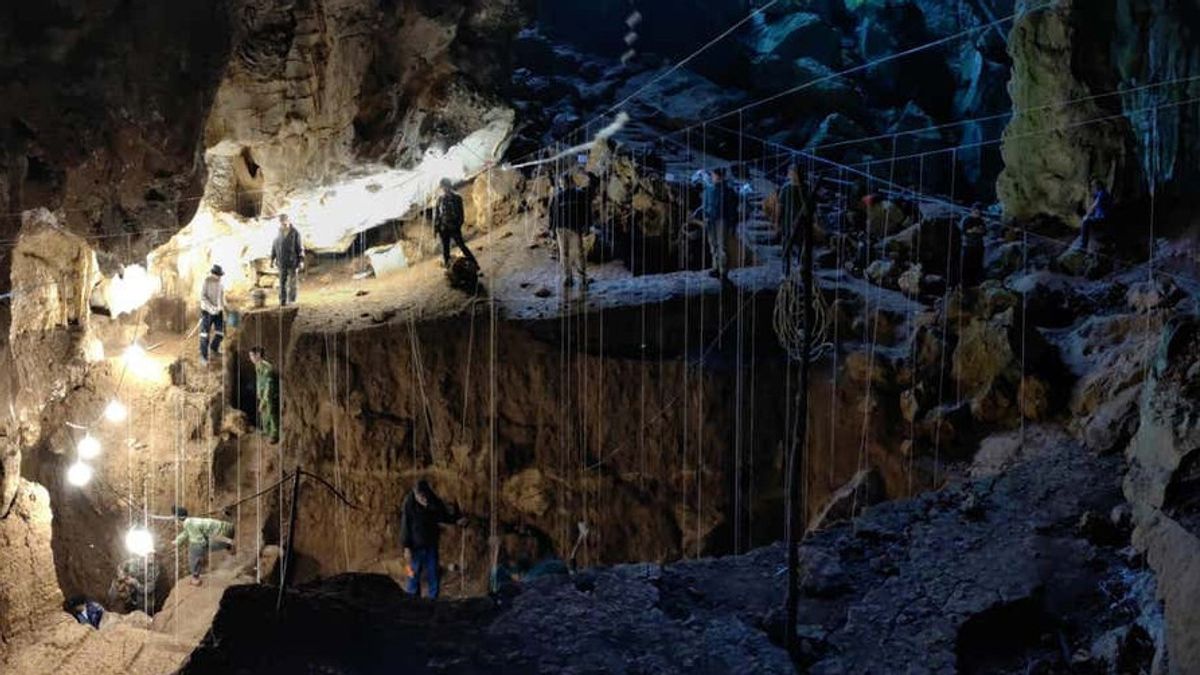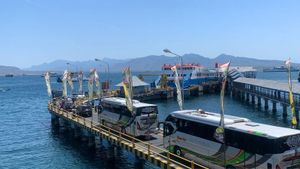JAKARTA - A human dry bone fragment found deep in a cave in Laos revealed Homo sapiens lived in the region about 86,000 years ago, before migrating from Africa to Asia.
Since 2009, some modern human fossils dating back between 46,000 and 70,000 years have been found in Tam Prypta Ling or Monkey Cave, located in northeastern Laos.
The site is a World Heritage area and the fossil is protected by Laos law. Now, Fabrice Demeter of the University of Copenhagen, Denmark, and other fellow researchers have added two more fossils to the collection.
They estimate the two human fossils to be between 68,000 and 86,000 years old. One of my colleagues in Laos saw what we thought was a lump of large rock. After we deleted it, I realized it was white. I (later) knew it was a piece of bone," said Demeter.
The researchers used five different dating techniques with radioactive isotopes, to reconstruct the cave timeline where ancient humans took refuge on their journey to the south.
After being analyzed, the fossil turned out to be a small fraction of the human skull. The researchers also found a piece of tibia or human dry bones.
Although the bones are cracked and incomplete, the researchers can compare their dimensions and shapes with other bones from ancient humans, namely Homo sapiens rather than Homo erectus, Neanderthals or Denisovans.
Findings show that modern humans first traveled to Southeast Asia earlier than previously estimated around 50,000 years ago.
Where these humans migrated out of Africa and began to inhabit the world, including Asia. Genetic data shows that most of the previous migration may have failed.
Fossils found in Tam Prypta Ling are thought to belong to the ancestors of the Australian Indigenouss, whose remains were found in Australia much earlier than the estimated year.
It is known that debates over human colonization in Southeast Asia have been going on for decades as researchers are trying to continue to understand how and when humans cross the strait, as well as the oceans to finally arrive in Australia.
Therefore, Tam Prypt Ling is the main venue for asking questions about ancient human migration, as Southeast Asia's main mainland is located at the intersection between East Asia and the Southeast Asia or Australia islands.
"On the mainland of Southeast Asia, this is the first time we have received the specimen," said Demeter.
But says Demeter, with little information about where it came from, more research is needed for this. This was quoted from New Scientist and Science Alert, Wednesday, June 14.
The English, Chinese, Japanese, Arabic, and French versions are automatically generated by the AI. So there may still be inaccuracies in translating, please always see Indonesian as our main language. (system supported by DigitalSiber.id)












